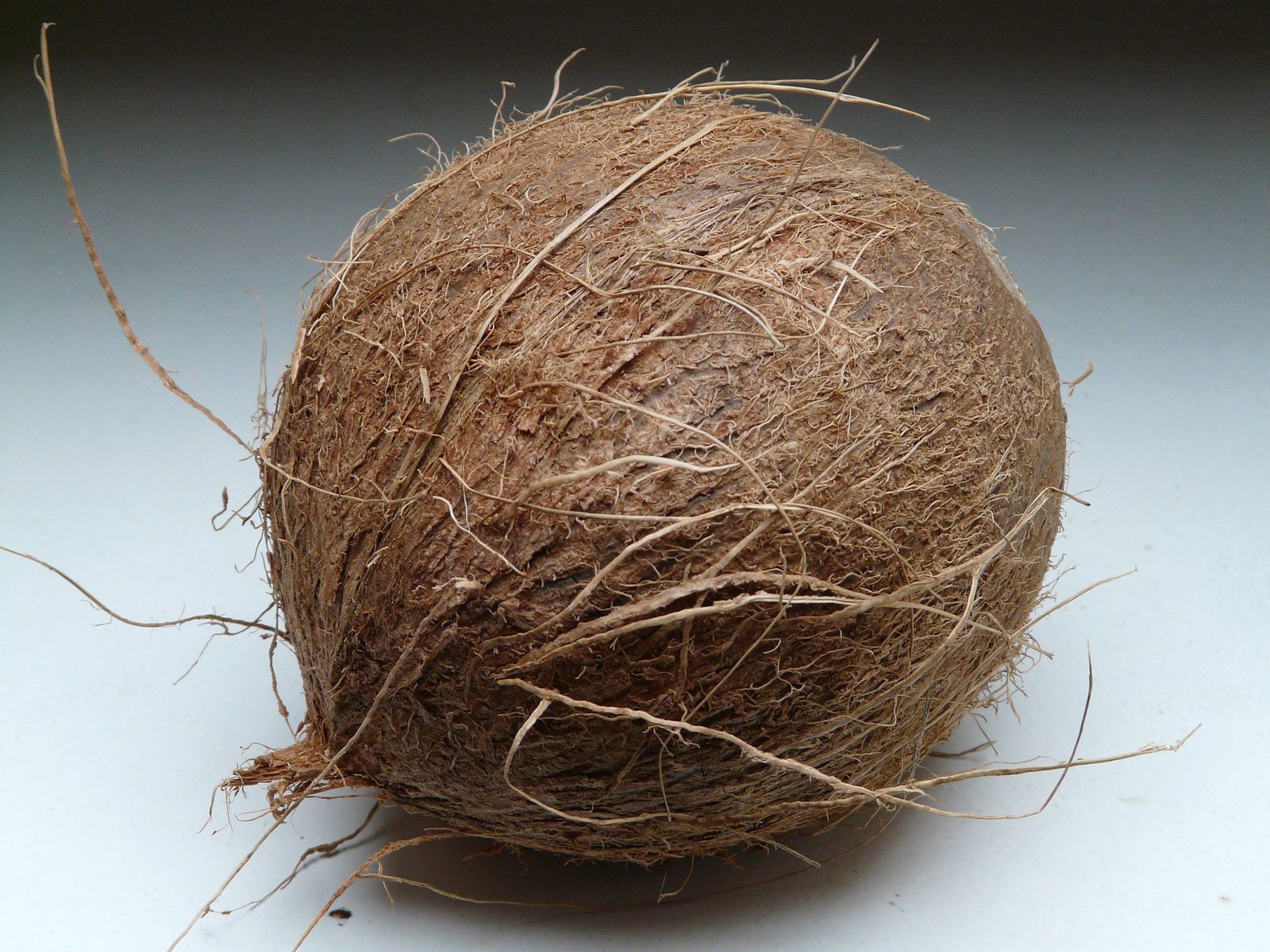Along South Riverside Drive in Neptune, New Jersey, until last fall, at high tide on the Shark River, water almost lapped the edge of the road, yards away from a row of houses.
“It used to flood all the time,” says Al Modjeski, habitat restoration program director of the American Littoral Society. “The tide comes right up.” Neptune is less than three miles from the Atlantic Ocean, into which the Shark River feeds.
To strengthen the shoreline, the organization led a project to build up the riverside dune and expand and raise the beach with new sand. To encourage marsh vegetation to grow at the water’s edge, teams also installed shaggy logs made of a fiber that you’re more likely to see in Bali than along the Jersey Shore: shredded coconut husk.
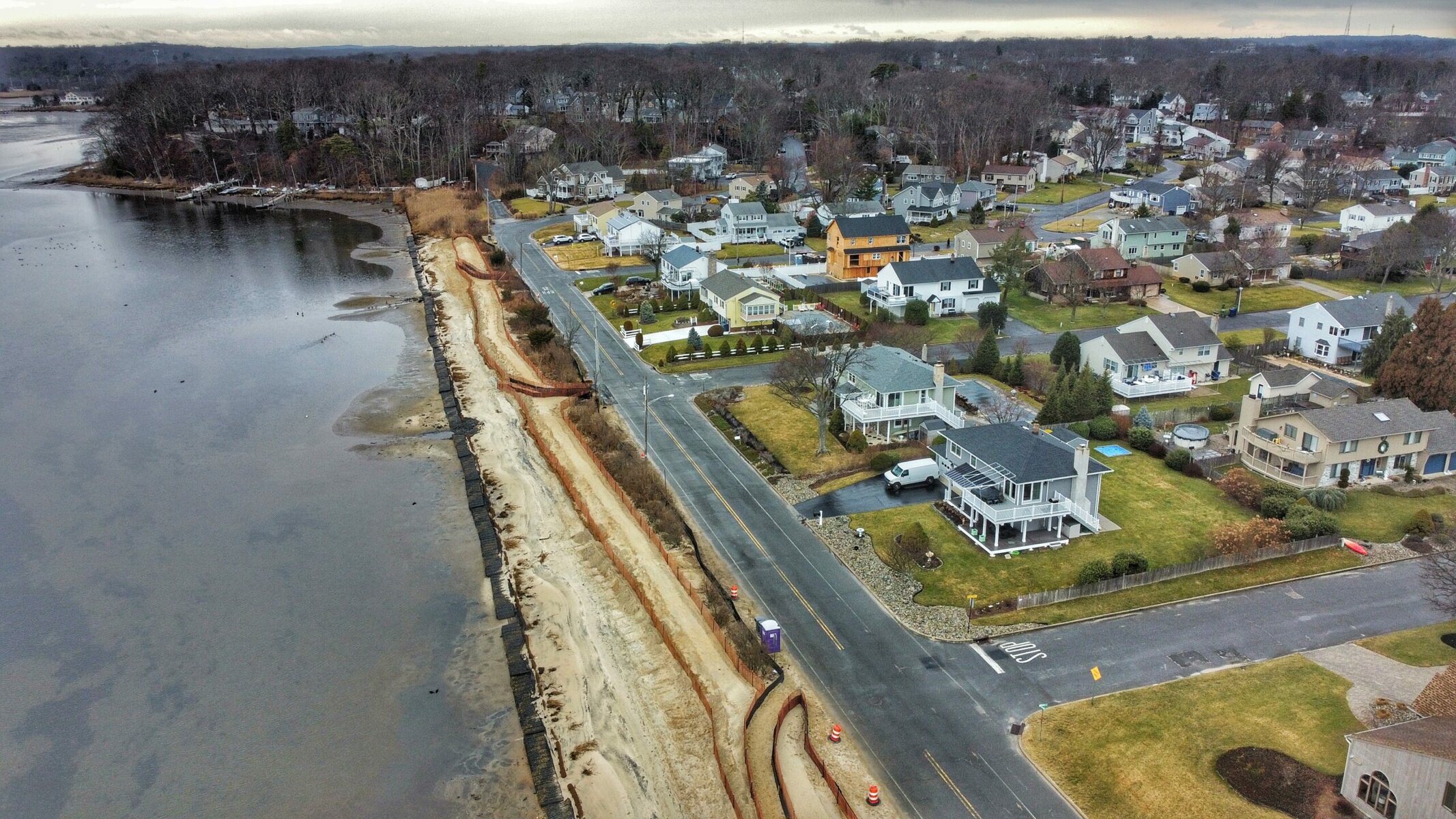
Coir, as the material is known, is a common ingredient in an approach to combating coastal erosion through habitat restoration. An increasingly popular alternative to hard barriers like concrete bulkheads, these so-called “living shorelines” utilize natural elements like rocks, reefs and plants to fortify the shore against erosion. Biodegradable yet sturdy, coconut fiber frequently plays a role as a temporary buffer that can help build up soil layers and give vegetation a stable place to take root.
Mitigating coastal erosion is an urgent matter for communities in New Jersey and beyond in the face of rising sea levels and stronger storms. Shoreline habitat like salt marshes can improve resiliency. But those habitats have diminished, in part the consequence of centuries of changes to the waterfront to accommodate agriculture, shipping and development.
In the past, a common approach to protecting coastal property was to build a bulkhead, like a wall, to deflect waves. However, Modjeski explains, those structures have limited lifespans. “You’re not really absorbing wave energy,” he says. “You’re reflecting it.”
Sea walls are tough on local ecosystems, too. One assessment found biodiversity is 23 percent lower along hardened coastlines, and there are fewer plants and animals.
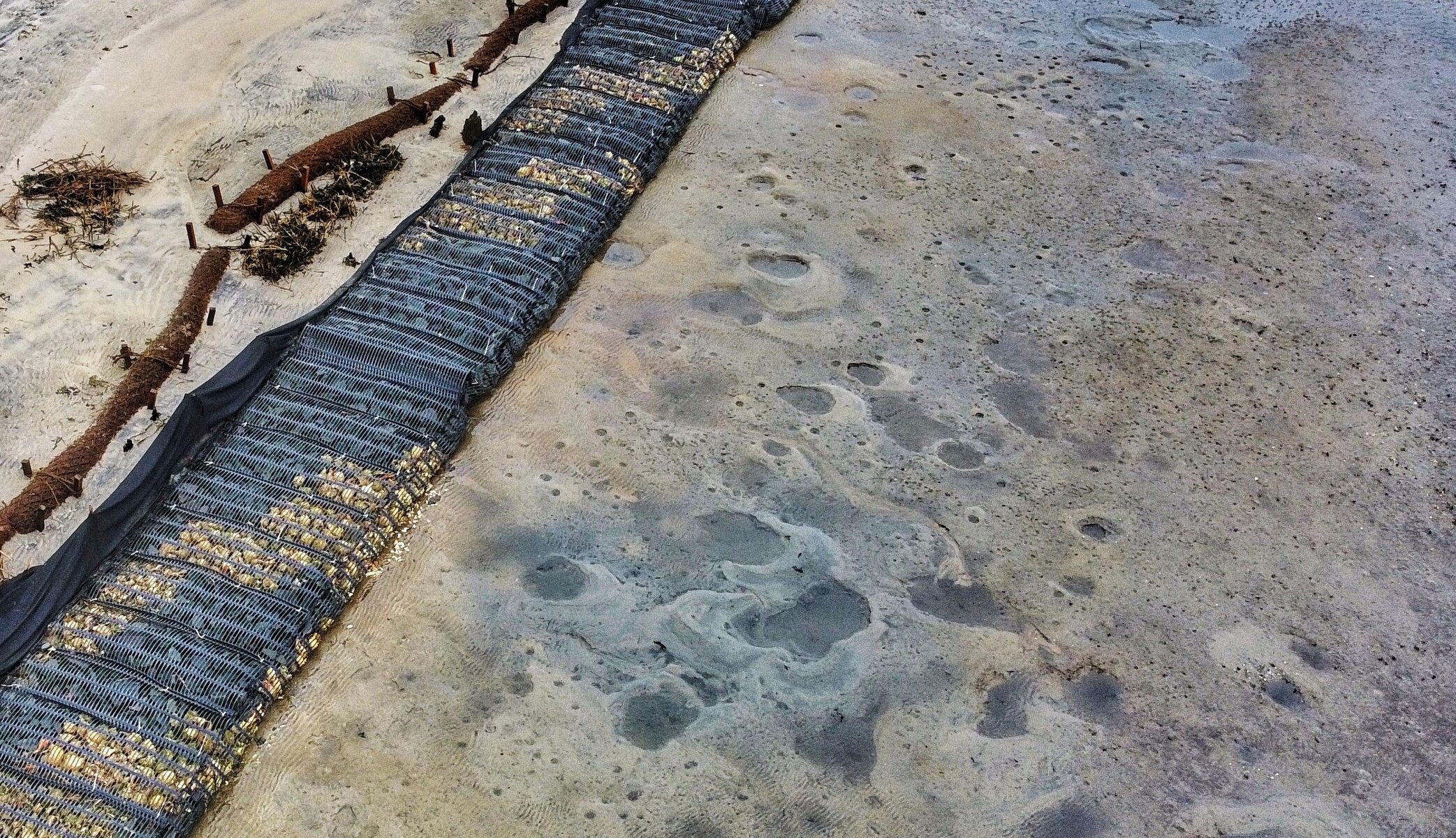
Living shorelines, in contrast, aim to encourage the development of coastal ecosystems that are naturally resilient to erosion. Benefits of restoring habitat at the water’s edge go beyond reducing erosion; the projects also are found to improve water quality, benefit fisheries and sequester carbon. According to the National Oceanic and Atmospheric Administration, a square mile of salt marsh can annually “store the carbon equivalent of 76,000 gallons of gas.”
Modjeski’s team adapts each living shoreline project to the particularities of a location, layering in elements like stone breakwaters, and bags of shells to form reefs. The plans often include expanding marsh vegetation, which can trap sediment and absorb the force of waves. That’s where coir comes in.
When the stiff, reddish-brown material is secured along coastal areas, it captures silt and sediment to build up the floor elevation, and offers a stable environment for plants and organisms to move in. The American Littoral Society uses it in different ways, sometimes in lines to stabilize dunes and a beach, like in Neptune. In other projects, like Thompson’s Marsh in New Jersey, coir logs were stacked on top of each other to form a yard-tall wall that was infilled with sediment from a nearby channel. The fibers will decompose, usually in between two and five years, but by the time it’s gone, the vegetation has taken over.
“It provides you that temporary time to have plants establish,” Modjeski says.
Coir, fibers stripped from coconut shells, has gained popularity as an alternative to plastic geotextiles in watershed erosion control and shoreline stabilization around the world. A pilot in Indonesia used coconut husks and fishing nets to construct an “eco-sea wall.” In India, matting made of coconut fiber was found to stabilize embankments around ponds while vegetation grew up. The coir Modjeski typically uses is sourced from India and Indonesia, and bound into logs with fiber after it arrives in the US.
Weighed down by negative news?
Our smart, bright, weekly newsletter is the uplift you’ve been looking for.As more US states turn to nature-based erosion solutions, coir is in the toolkit for both salt and freshwater.
In Texas, Andrew Clamann with Austin’s Watershed Protection Department used coir logs to protect the shores of a reservoir on the Colorado River. Recreation on the long, narrow Lake Austin can be what Clamann described as “extreme.” Wake from power boats eats away at the sand and silt shore, he explains.
“We have basically ocean energy on the banks of what used to be just a little river,” he says.
Clamann set up a small trial area along the lake’s edge in 2009, making bays out of coir logs and experimenting with planting vegetation. The team went to great lengths to keep the coir in place, using rebar and zip ties.
Three of the four trial areas succeeded, according to Clamann’s analysis. Fourteen years later, they are still flourishing.
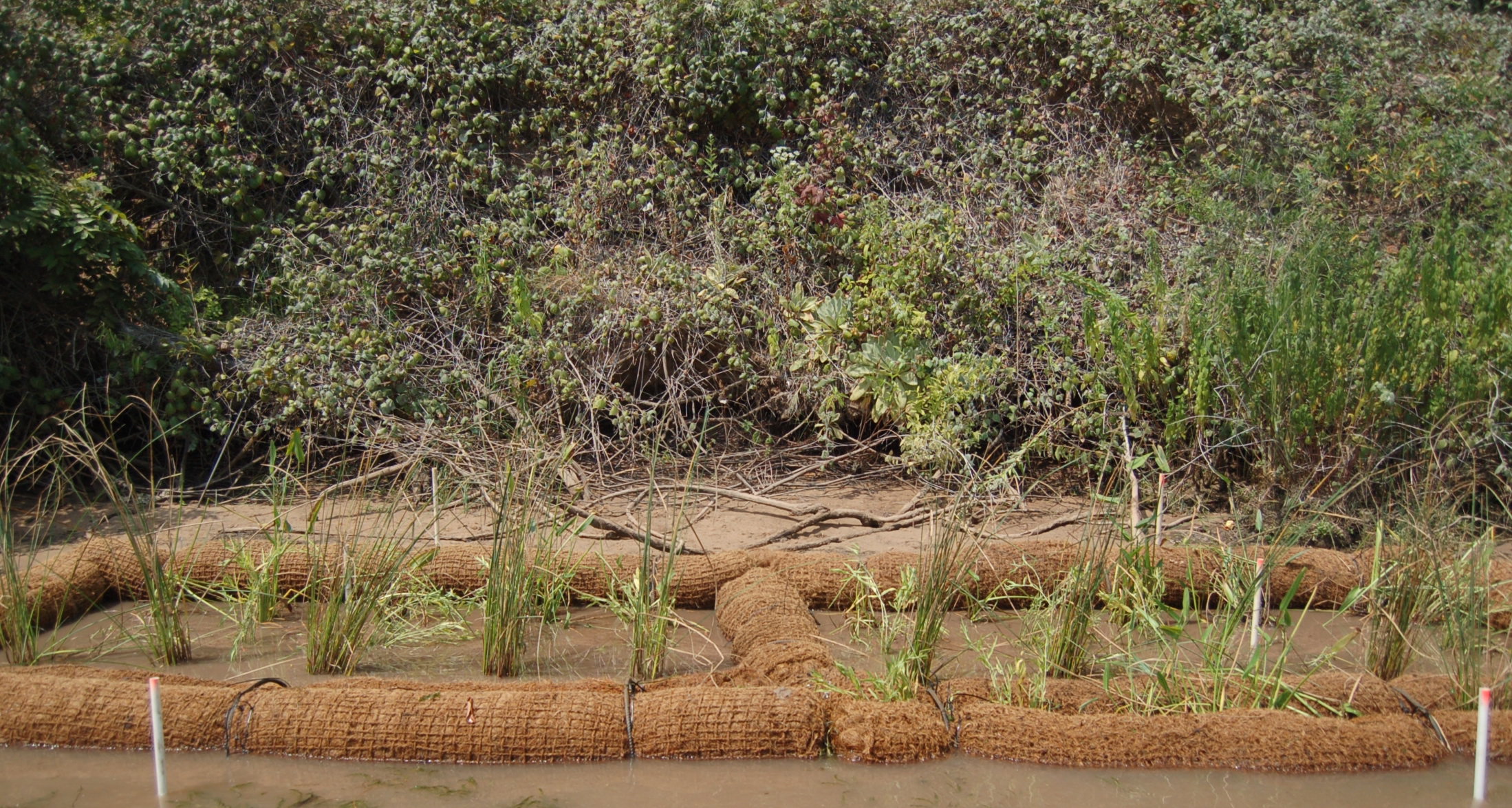
“The places went from no plants to like a dozen different species, thick and verdant and wonderful,” Clamann says. “I have a feeling that that area is stabilized in perpetuity.”
Inspired by the success of the first effort, Clamann initiated another project along more than a quarter mile of the shore. This time, rather than repeating the intensive measures to secure the coir in a grid, the team installed rows of logs.
“Pretty much 100% of it all failed,” he says. Clamann takes the experience as a lesson. “It’s better to put more effort in a smaller thing than it is to put half the effort in a bigger thing.”
Coir needs to be well secured in order to serve as a matrix where plants and organisms can establish and grow. Weighing the logs down by dripping sediment over them can help, he says.
Clamann also found the logs can easily fall apart if the outer layer is broken. Though instructions direct securing the logs by driving a stake through them, he says that allowed the fibers to escape long before plants could start to grow.
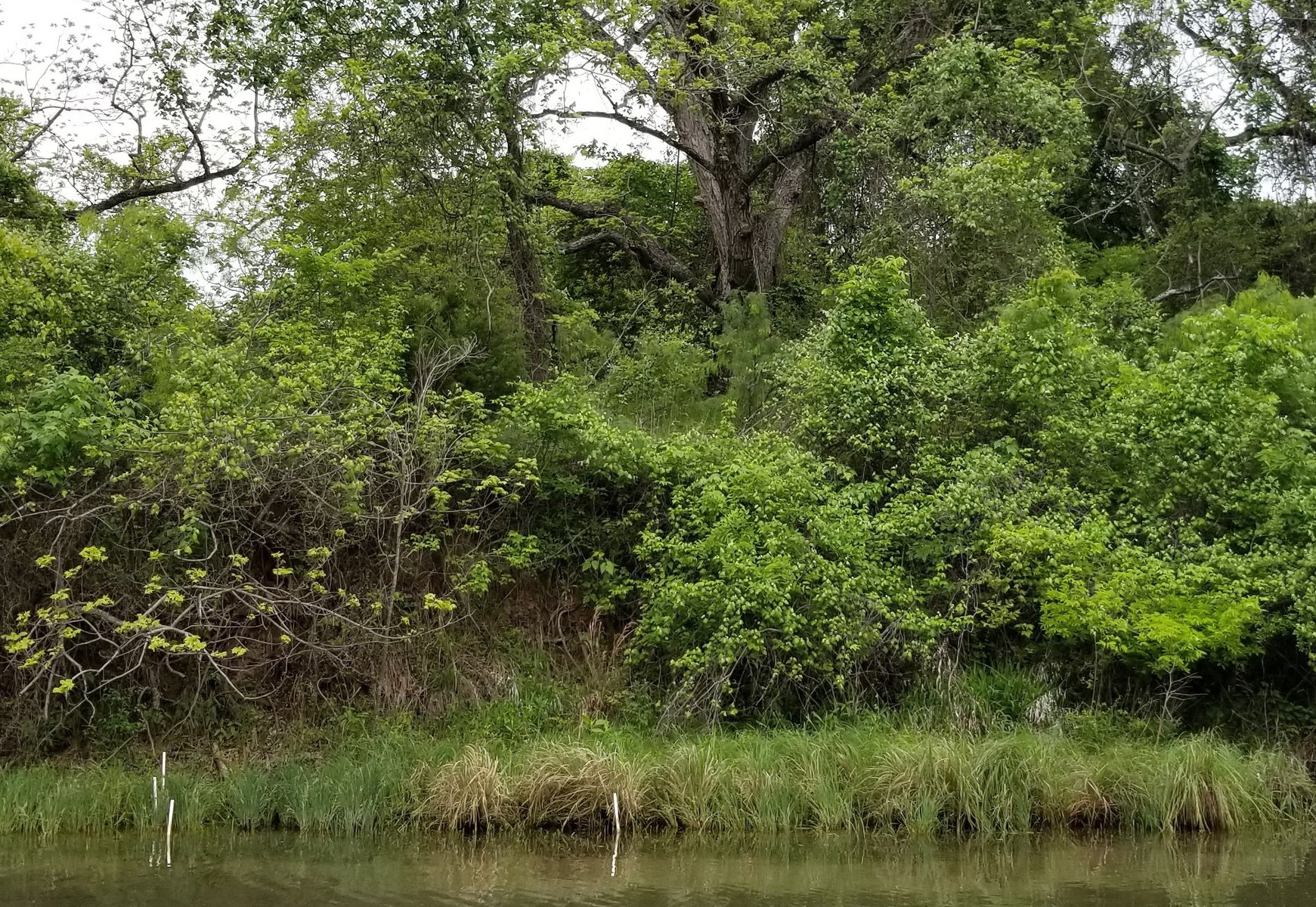
Coir is not suited for every shoreline environment. Virginia Institute of Marine Science coastal geologist Scott Hardaway says in his experience working on the shores of Chesapeake Bay, coconut fiber doesn’t hold up in areas where wave energy is more intense.
“We found it very limited, simply because it doesn’t last very long,” Hardaway says. “After a couple of years they fall apart and so the energies that were working on a shoreline before are still there.”
Hardaway says coir tends to perform better in river systems or up creeks, where the surface of the water is narrow so there is not much space for wave energy to pick up.
Often, coir is one strategy among several to create multifaceted living shoreline projects.
Native Shorelines, a company based in North Carolina, uses coir in almost every project they do, according to director Mary-Margaret McKinney. The company predominantly works with waterfront homeowners, offering an alternative to hardened shorelines.
Instead of building a tall wall at the water’s edge, they install lower standing structures a short distance offshore, which can serve as habitat for oysters and clams if those species are present. That hard structure then blunts the force of the incoming water, giving an opportunity for marsh to develop closer to shore.
“That marsh is arguably the most important thing any homeowner can have,” McKinney says.
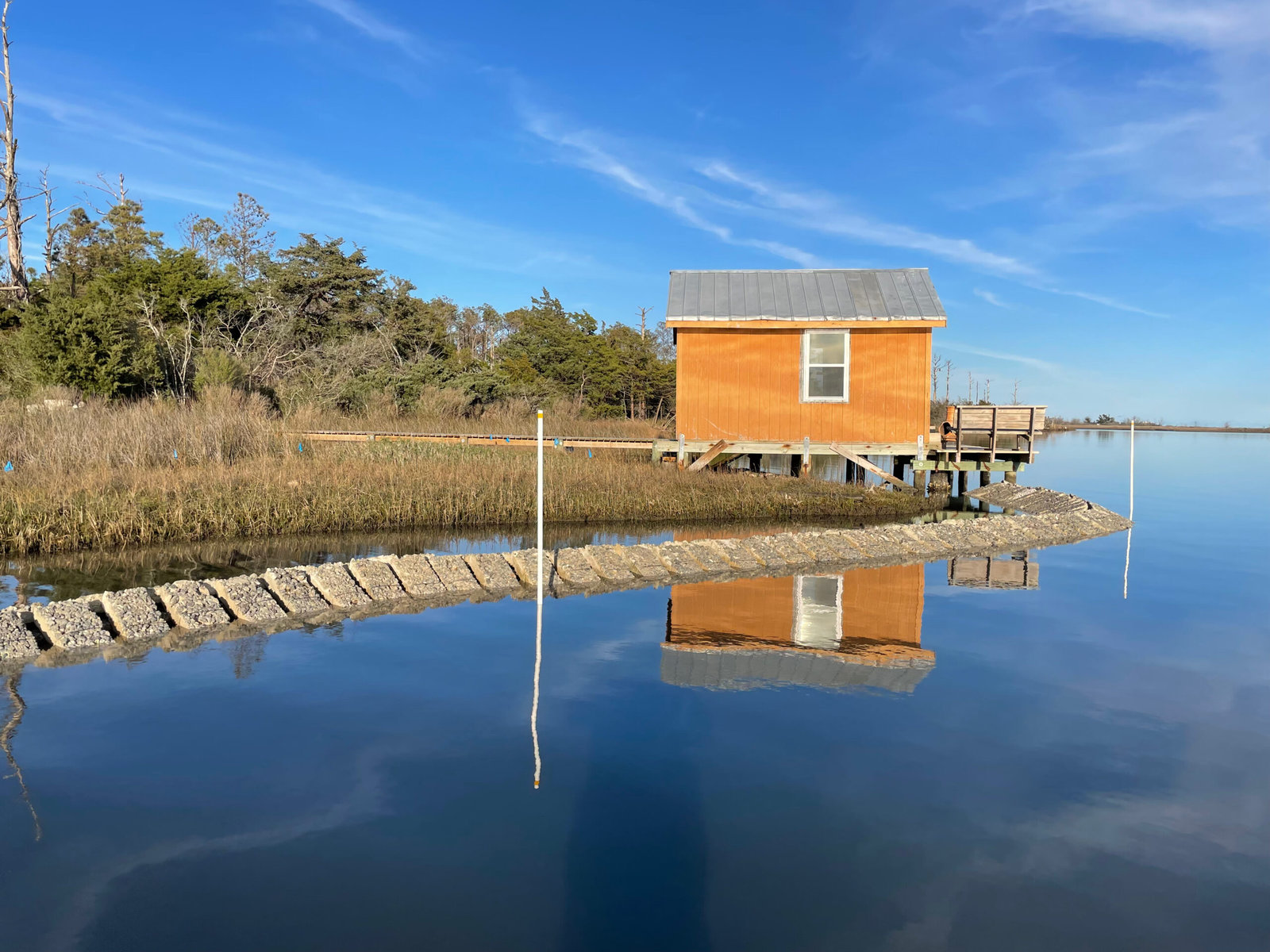
Most Native Shorelines projects begin with laying down a layer of coir matting, she explains. Because they’re often working on mucky, silty areas, the coconut fiber mat keeps the structure from sinking in while the shellfish reef and the marsh starts to develop.
Coir matting is relatively affordable, and easy to work with, she says. Since the ultimate goal is to improve shoreline ecosystems, it’s a much better choice than plastic alternatives.
“Obviously we do not want to put a plastic woven geotextile fabric on miles upon miles of shoreline that we’re trying to make more environmentally friendly,” says McKinney.
In Neptune, New Jersey, the changes to the waterfront are starting to show. Plants are starting to grow. The beach is noticeably broader. Fiddler crabs are emerging on the sand. Modjeski says there are more steps ahead for the project. Volunteers will soon be replanting some parts.
“The two biggest words as a restoration practitioner are ‘adaptive management.’ You build it, you stick by it, you monitor it,” he says. “You may have to tweak it again and again.”









